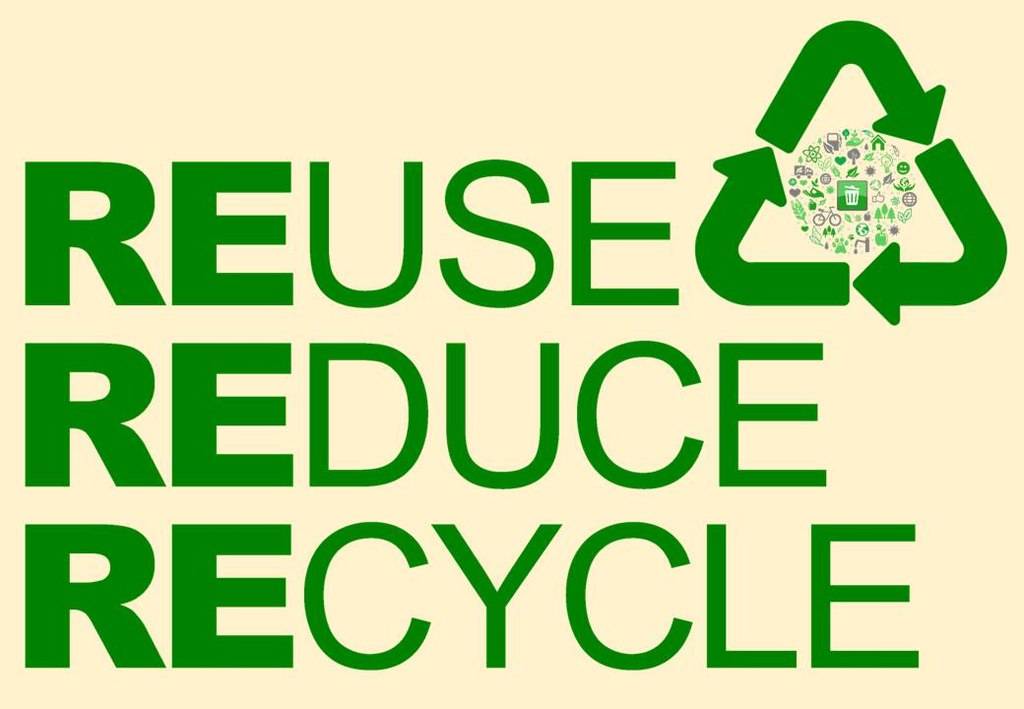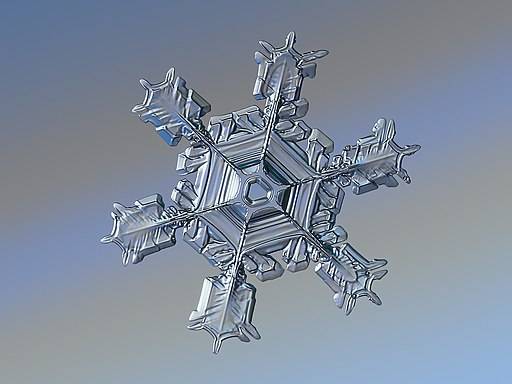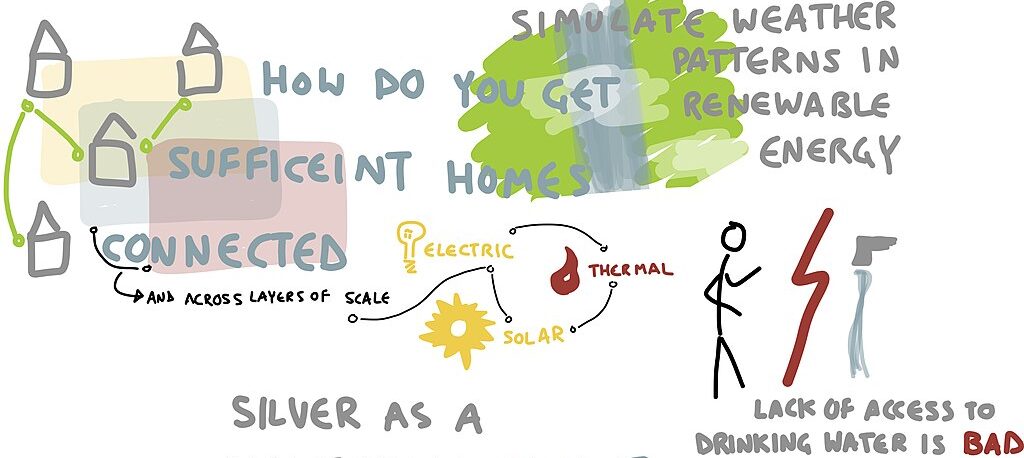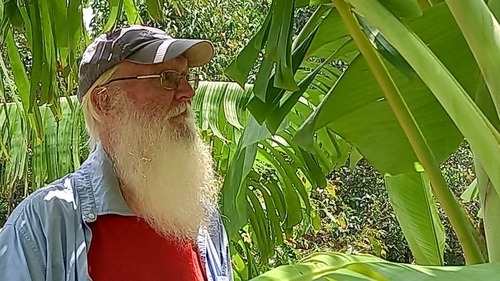Sounds nice, right. No segregation, everything integrated so that everyone is happy and working together, right? But does it really …


The ultimate goal of farming is not the growing of crops, but the cultivation and perfection of human beings. – Masanobu Fukuoka
The ultimate goal of farming is not the growing of crops, but the cultivation and perfection of human beings. – Masanobu Fukuoka

Sounds nice, right. No segregation, everything integrated so that everyone is happy and working together, right? But does it really …

Bill Mollison defines a pollutant as “an output of any system component that is not being used productively by …

Design from Patterns to Details Permaculture Principle #7 In reading David Holgrens book Permaculture Principles and Pathways beyond Sustainability, I’ve …

Permaculture Principle #5 What is a renewable resource? “Renewable resources are those which are renewed and replaced by natural …

The fourth principle is Apply Self-Regulation and Accept feedback. How do we do this? In reading David Holgrens book, Permaculture …

A lot of us know the three ethics of permaculture, care of the land, care for the future, and care …
This is going to be a real challenge. I think I’ll have to get some mountain climbing gear. 😉 Are …